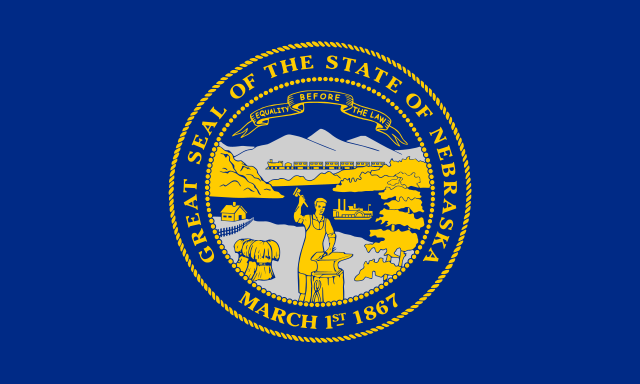Thriving Future Cropscapes is a four-year NSF-funded project bringing together stakeholders from many sectors, regions, and disciplines to anticipate and prepare for the major changes likely to shape agricultural cropping systems in the southern and central US over the next 30-40 years.

Our team will work with community partners to explore:
Using historical information and modeling, combined with insight from farmers and industry leaders, we will assemble the best of what we currently know about major cropping systems in each state and the current realities that drive or limit future change.
We will work with community partners to identify new technologies, crops, management practices, and policies with the potential to transform regional cropping systems. We’ll also explore the on-farm realities shaping access to these new opportunities.
With community partners, we will co-create regionally tailored strategies that leverage emergent opportunities and foster thriving agricultural futures in each state.
Our project will focus primarily on Georgia, Nebraska, and Ohio – the three important and diverse farming states that are likely to experience different social, economic, and climatic challenges and opportunities over the coming century.



US cropping systems face several daunting challenges–from market volatility, to new pest pressures, to changing climate. Working with community partners, we will identify opportunities for transformative change in response to these challenges. Specifically, we will:

Thriving Future Cropscapes is a four-year NSF-funded project bringing together stakeholders from many sectors, regions, and disciplines to anticipate and prepare for the major changes likely to shape agricultural cropping systems in the southern and central US over the next 30-40 years.

Our team will work with community partners to explore:
Using historical information and modeling, combined with insight from farmers and industry leaders, we will assemble the best of what we currently know about major cropping systems in each state and the current realities that drive or limit future change.
We will work with community partners to identify new technologies, crops, management practices, and policies with the potential to transform regional cropping systems. We’ll also explore the on-farm realities shaping access to these new opportunities.
With community partners, we will co-create regionally tailored strategies that leverage emergent opportunities and foster thriving agricultural futures in each state.
Our project will focus primarily on Georgia, Nebraska, and Ohio – the three important and diverse farming states that are likely to experience different social, economic, and climatic challenges and opportunities over the coming century.



US cropping systems face several daunting challenges–from market volatility, to new pest pressures, to changing climate. Working with community partners, we will identify opportunities for transformative change in response to these challenges. Specifically, we will:
